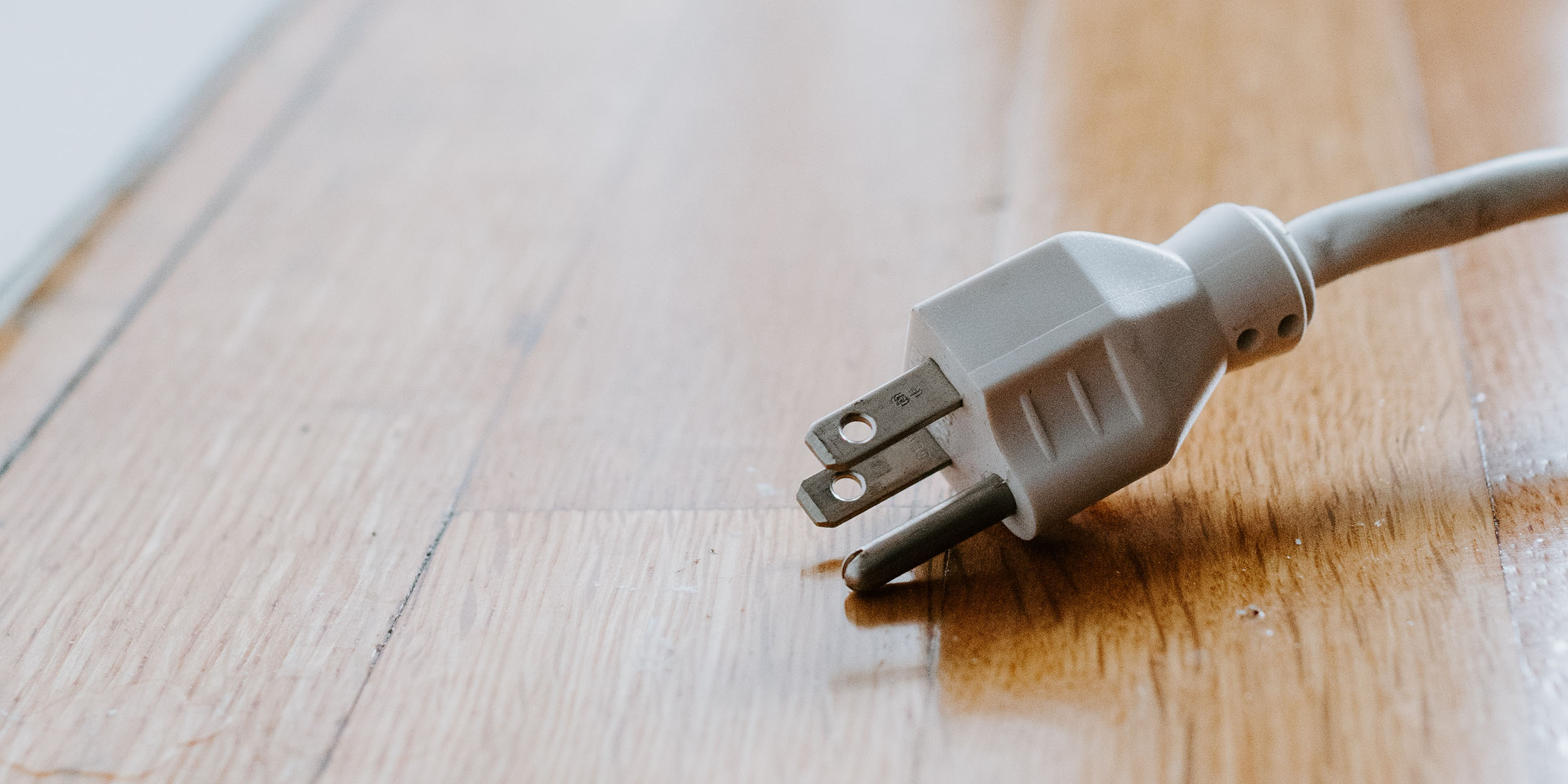Originally published 19 September 2000
The teaser on the cover of the August [2000] issue of Scientific American was irresistible: “Men’s Sexual Circuitry.”
A nice electronic feel to it. As if the human male’s obsession with sex was a matter of wires and transistors. Erotic thrills by Motorola. Excitements by Nintendo.
And looking into the article, by Boston urologist Irwin Goldstein, the electronic imagery is not far off the mark. The article is illustrated with a full-page wiring diagram of connections between brain and penis that looks a bit like what you’d see if you took the back panel off a computer cabinet.
The big question has always been: Is the penis under the brain’s control, or does it sometimes go its own way? Leonardo da Vinci wrote in his journals (as quoted by Goldstein): “The penis does not obey the order of its master, who tries to erect or shrink it at will, whereas instead the penis erects freely while its master is asleep. The penis must be said to have its own mind.”
The “mind-of-its-own” theory is reinforced by the tendency of couples to give the male member a pet name. “So Herbie is sleepy tonight, is he?” she says with just a hint of disappointment. “Don’t blame me,” he says. “It’s got a mind of its own.”
But, of course, it doesn’t have a mind of its own, as Dr. Goldstein and his colleagues at the Working Group for the Study of Central Mechanisms in Erectile Dysfunction make clear. What happens down there is very much plugged into the central nervous system. The penis and the brain are in constant communication, exchanging signals up and down the spinal cord.
There is also something called an “erection-generating center,” located in the tail-end of the spine, between the S3 and T12 vertebrae, that can get things going all by itself if provided with the appropriate inputs.
And that’s where the “male sexual circuitry” comes in. Goldstein and his colleagues are busy tracing the pathways and neurotransmitters by which the sexual response is orchestrated. As described by the researchers, making an erection requires scarcely less wiring and control than getting a jumbo jet off the ground.
The male sexual response typically begins with excitatory signals from the brain, perhaps triggered by the sight or smell of an alluring partner. The penis responds by releasing proerectile neurotransmitters, chemicals that tell the muscles of the penile arteries to relax, causing more blood to flow into the organ, and…
You get the idea. As Goldstein says, the penis may not think for itself, but “[it] keeps the brain and spinal cord well apprised of its feelings.” Which is perhaps enough independence to warrant a pet name. “How’s Herbie feeling tonight?” she asks. “Sleepy,” he responds, “but thanks for asking.”
And here’s something we guessed all along but it’s nice to have the scientists confirm it: The default state for a healthy young penis is erect. That’s right. If the brain did not put a damper on things, young men would go around in a more or less constant state of arousal. That’s why erections are common during dreaming sleep, when the inhibitory function of the brain is turned off.
It seems there’s a specific cluster of neurons in the hindbrain, called the paragigantocellular nucleus, or PGN, that “puts the brakes on” spinal-mediated erections. The hindbrain is an evolutionarily ancient part of the brain that controls such basic functions as blood pressure and heart rate. It’s easy to understand why the “brakes” evolved. Even our earliest ancestors presumably needed an occasional rest from thinking about sex.
Without the PGN, how would we have found the time or inclination to flake flints, spear woolly mammoths, or strike fires; or do philosophy and make works of art; or study the central mechanisms in erectile dysfunction? As Goldstein says, a man’s sexual response is a delicate, dynamic balance between being turned on and turned off. Presumably, nature worked a long time to find just the right balance between the potential for reproduction and everything else, and scientists are learning how to maintain the balance — work of inestimable importance to many thousands of men and their partners.
Including us older guys. At age 65, more than half of men experience some degree of erectile dysfunction. There is presumably a good evolutionary reason for this, maybe something to do with leaving reproduction to the young and fit, or maybe natural selection didn’t work against it because few males lived so long. Whatever the reason, we enjoy the dubious bliss of not being turned on all the time. “Herbie’s on vacation this week,” he says. “That’s good,” she murmurs sleepily.
But the scientific researchers will intrude upon our repose, by finding ways (the famous little blue pill and better things yet to come) to keep our erection-generating centers humming. Even the most tottering oldsters among us will leap at the chance to surrender our hard-won calm for the old post-adolescence sexual buzz.



